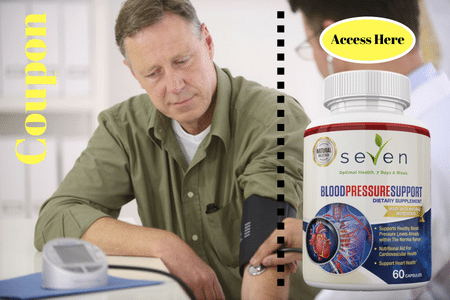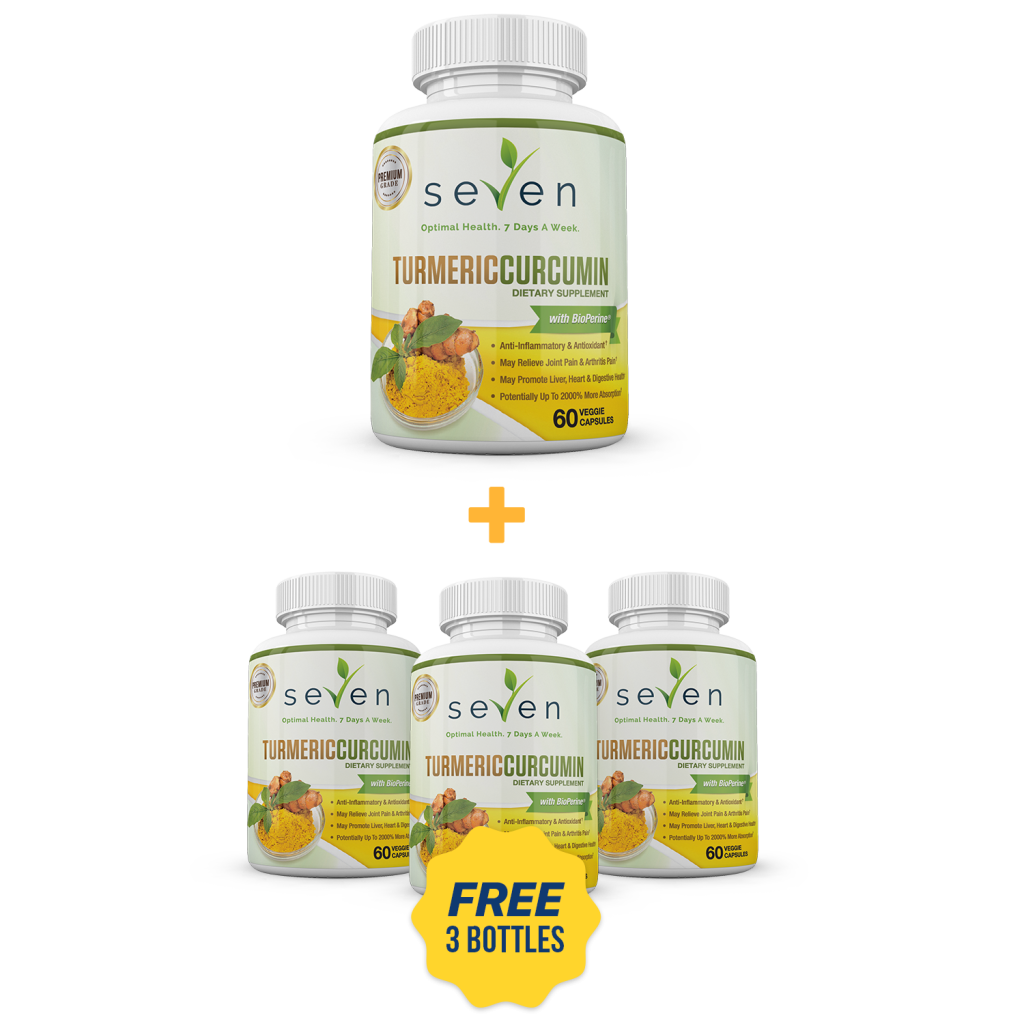Blood pressure refers to the force at which your blood pushes against the walls of your blood vessels as its pumped by the heart through your circulatory system.
Hypertension is the term given to the condition when the pressure exerted against the walls becomes dangerously high. The condition is dangerous because it consequently makes it harder for the heart to pump blood to the rest of the body. This eventually can contribute to atherosclerosis, kidney disease, stroke, and heart failure.
Blood Pressure numbers are made up of the systolic (top) number and the diastolic (bottom) number. The systolic number is larger as it represents the pressure of the blood against the walls during it fullest force. The diastolic number is lower as it represents the reduced pressure between heartbeats. Blood pressure is considered normal if the top number is under 120 with the bottom number around 80 or 120/80 aka “120 over 80.”
Causes of High Blood Pressure
While the exact causes of hypertension are not known, there are conditions and other factors that are thought to contribute. These include:
- Adrenal and thyroid disorders
- Chronic kidney disease
- Excessive Alcohol Consumption (more than 1-2 servings daily)
- Excessive Weight
- Excessive Salt Intake
- Family history of high blood pressure
- Genetics
- Lack of physical activity
- Older age
- Sleep apnea
- Smoking
- Stress
Essential Hypertension
Up to 95% of hypertension cases in the US don’t have a diagnosable underlying cause. This is referred to as essential hypertension.
What is known is that hypertension often runs in families. It is also more likely to be found in men than women. Additionally, race appears to play a role. Data shows that African Americans have double the chance of developing it than Caucasians.
Diet and lifestyle also appear to influence essential hypertension.
There is also compelling evidence of the link between salt consumption and hypertension. For example, residents living on the northern islands of Japan have been recorded to be the largest consumers of salt per capita and have the highest volume of essential hypertension within that population.
Compare this to studies done on people who don’t add any salt to their food usually have no traces of the condition.
Consequently, most people suffering from hypertension are what is referred to as being “salt sensitive.” As the term suggests, consumption of any amount over the very minimal quantities the body needs to function will become a risk factor.
Secondary Hypertension
For the other 5% of the population diagnosed with hypertension where the cause can be identified, the condition is referred to as Secondary Hypertension. Causes of secondary hypertension include:
- Estrogen Based Birth Control Pills
- Kidney Disease
- Pregnancy
- Tumors Affecting the Adrenal Glands
- Other Abnormalities That Effect the Adrenal Glands
Exercise – A Key Component to Prevention or Treatment
Exercise can be a major component to preventing hypertension. If you’ve already been diagnosed, it’s not too late either. Working out has been shown to increase the effectiveness of prescriptions used to treat hypertension. Here are a few tips to get you started.
- Start slowly to prevent injuries.
- Choose an activity that is moderate in intensity and work your way up to 30 minutes a day, 5+ days a week.
- Increase intensity over time, and your body gets stronger and builds endurance.
- Use 10-minute mini-workouts to break up your regular work day when you don’t have time for a full workout.
We all know a healthy life is a happier life. Taking the time to prevent hypertension before it can start will make it easier down the road to maintain a full lifestyle and keep up all the activities you enjoy.




What did you think about this article?